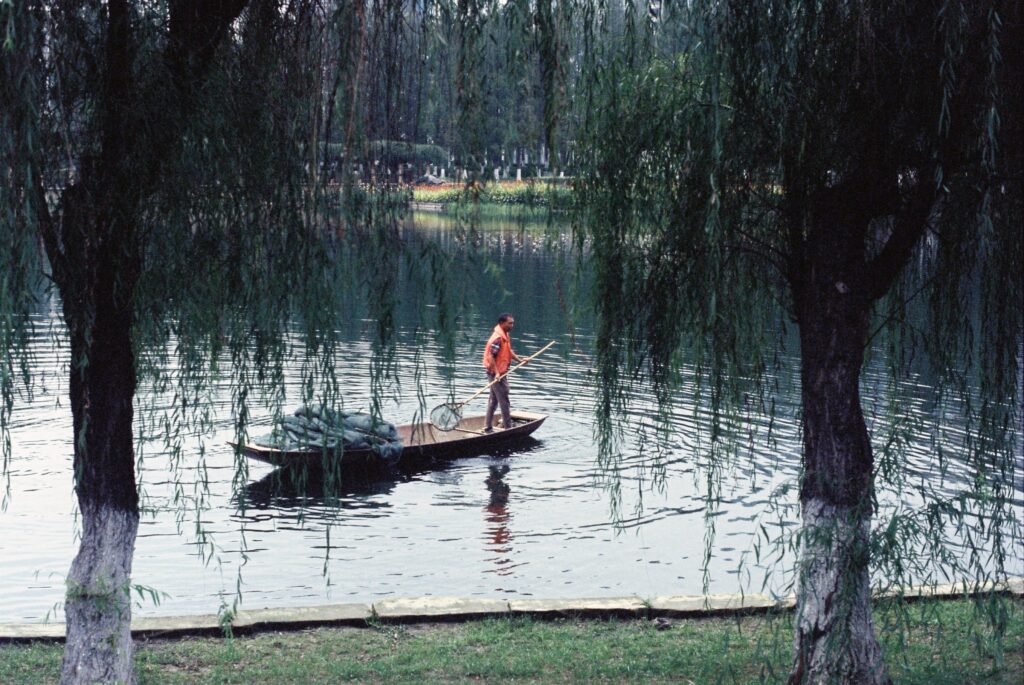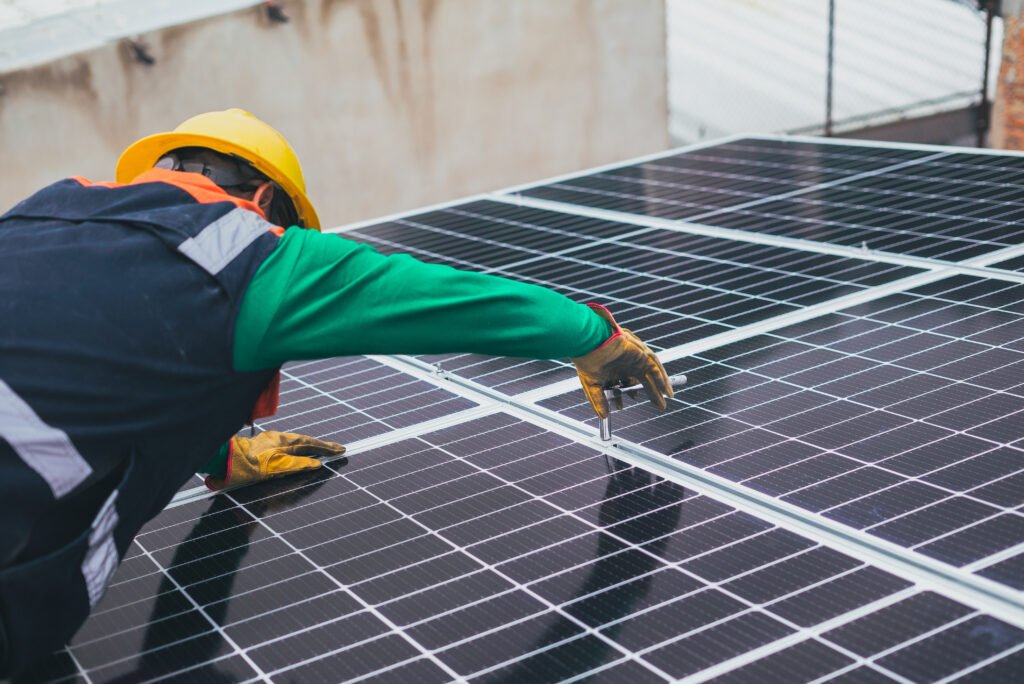Maintaining and repairing your canoe is essential to ensure its longevity and efficiency on the water. Regular maintenance not only extends the lifespan of your canoe but also enhances your overall paddling experience. From checking for any signs of damage to properly storing your canoe, this article will guide you through the necessary steps to keep your beloved watercraft in top-notch condition. Whether it’s patching up small cracks, cleaning the hull, or applying protective coatings, we’ve got you covered with practical tips to help you maintain and repair your canoe effortlessly.

Canoe Maintenance
Canoe maintenance is an essential part of ensuring that your canoe remains in good condition and continues to provide you with enjoyable and safe experiences on the water. By following a few simple steps for cleaning, inspecting for damage, applying a protective coating, and proper storage, you can prolong the lifespan of your canoe and keep it looking and performing its best.
Cleaning the Canoe
Cleaning your canoe regularly is important not only for aesthetics but also for maintaining its structural integrity. Start by rinsing the canoe with fresh water after each use to remove any saltwater, sand, or debris. This will prevent corrosion and protect the finish of your canoe. For a more thorough cleaning, use a mild soap and water solution to gently scrub the surface. Avoid using harsh chemicals or abrasive tools that could damage the canoe’s finish.
Inspecting for Damage
Regular inspections are crucial for identifying any signs of damage or wear and tear that may need to be addressed. Begin by examining the hull for any cracks, dents, or deep scratches. These can compromise the integrity of the canoe and should be addressed promptly. Additionally, check the gunwales and thwarts to ensure they are securely attached and free of any cracks or splits. Finally, inspect the seats and caning, paying attention to any signs of fraying or weakening.
Applying Protective Coating
Applying a protective coating to your canoe can help to prevent damage caused by exposure to UV rays, water, and other environmental elements. Before applying any coating, it’s important to choose the right product for your specific canoe material, whether it’s made of fiberglass, Kevlar, or aluminum. Prepare the surface by thoroughly cleaning and drying the canoe, and then follow the instructions provided by the manufacturer to apply the protective coating evenly.
Storing the Canoe
Properly storing your canoe is crucial to prevent damage during periods of non-use. Start by thoroughly drying the canoe to prevent mold and mildew growth. Find a suitable storage location that is dry, cool, and sheltered from direct sunlight. Ideally, the canoe should be stored indoors, but if that is not possible, consider using a canoe cover to protect it from the elements. Make sure the canoe is securely stored, either on a cradle or suspended off the ground, to avoid warping or distortion.
Repairing Minor Damage
Despite your best efforts in maintaining your canoe, minor damage may occur from time to time. Fortunately, many minor issues can be easily repaired with the right tools and materials.
Repairing Scratches or Scuffs
Small scratches or scuffs on the surface of your canoe can be unsightly but are relatively simple to repair. Start by sanding the affected area with a fine-grit sandpaper to smooth out any rough edges. Clean the area thoroughly and then apply a marine grade sealant that matches the color of your canoe to fill in the scratch. Allow the sealant to dry completely before sanding it down for a smooth finish. Finally, apply a polishing compound to restore the shine to the repaired area.
Fixing Small Cracks or Holes
Small cracks or holes in the canoe’s hull can be repaired using fiberglass cloth and epoxy resin. Begin by sanding the area around the crack or hole to create a rough surface for the resin to adhere to. Cut a piece of fiberglass cloth slightly larger than the damaged area and apply a layer of epoxy resin to the damaged area. Press the fiberglass cloth onto the resin, ensuring it is smoothed out and adheres evenly. Apply another layer of resin on top of the cloth, smoothing it out with a plastic spreader. Allow the resin to cure and then sand it down for a smooth finish.
Replacing Damaged Seats or Thwarts
If your canoe’s seats or thwarts become damaged or worn out, it’s important to replace them to maintain the structural integrity and comfort of your canoe. Remove the damaged seats or thwarts by unscrewing any fasteners holding them in place. Take measurements of the dimensions of the old seats or thwarts to ensure proper fitment of the replacements. Install the new seats or thwarts according to the manufacturer’s instructions, making sure they are securely fastened.
Repairing Major Damage
In some cases, more extensive damage may occur to your canoe that requires professional repair or replacement of certain components.
Repairing Large Cracks or Gashes
Large cracks or deep gashes in the canoe’s hull may require professional repair to ensure proper structural integrity. It is best to consult with a professional canoe repair specialist who can assess the extent of the damage and provide the most appropriate repair solution. Attempting to repair major damage on your own without the necessary expertise may result in further damage or compromise the safety of the canoe.
Replacing Broken Gunwales
Gunwales, the upper edge of the canoe that provides stability and rigidity, may become cracked or broken over time. Replacing broken gunwales is a more involved repair that requires specialized tools and skills. It is recommended to seek the assistance of a professional or consult with the canoe manufacturer for guidance on the replacement process.
Patching or Replacing Damaged Hull
If the hull of your canoe sustains significant damage, such as a large hole or multiple cracks, it may be necessary to patch or replace the damaged section. Consult with a professional canoe repair specialist or the manufacturer for guidance on the best course of action, as the repair process will depend on the specific material and construction of your canoe.
Canoe Care Tips
To further maintain the condition and performance of your canoe, consider these additional care tips:
Avoiding Excessive Sun Exposure
Exposure to prolonged sunlight can cause fading, weakening, and deterioration of the canoe’s material. Whenever possible, store your canoe in a shaded area or use a protective cover. If you are out on the water, try to find areas with shade or use a waterproof cover when taking breaks.
Keeping the Canoe Dry
Excess moisture can lead to mold and mildew growth, as well as deterioration of certain materials. After each use, thoroughly dry the canoe, both inside and out, and store it in a dry location. Consider using a sponge or towel to remove any remaining water.
Avoiding Dragging on Rough Terrain
Dragging your canoe across rough surfaces, such as rocks or gravel, can cause scratches, gouges, and other damage to the hull. Lift and carry the canoe whenever possible, using proper lifting techniques to avoid strain or injury.
Properly Securing the Canoe During Transport
When transporting your canoe, ensure it is securely fastened to your vehicle or trailer. Use appropriate tie-down straps or ropes to prevent shifting or movement during transit. Regularly check and tighten the fasteners to maintain a secure connection.

Tools and Materials for Repair
Having the right tools and materials on hand for canoe repairs can save you time and frustration. Here are some essential items to consider:
Canoe Repair Kit
A canoe repair kit typically includes items such as epoxy resin, fiberglass cloth, sandpaper, applicators, and other materials commonly used for minor repairs. These kits provide a convenient and cost-effective solution for small-scale repairs.
Fiberglass Cloth and Epoxy Resin
For more substantial repairs involving cracks or holes in the canoe hull, fiberglass cloth and epoxy resin are essential. Fiberglass cloth provides reinforcement, while epoxy resin acts as an adhesive and filler.
Marine Grade Sealant
Marine grade sealant is used for filling in scratches or small gaps in the canoe’s surface. Choose a sealant that matches the color of your canoe for a seamless repair.
Sandpaper and Polishing Compound
Sandpaper of various grits is necessary for smoothing out rough edges, preparing surfaces for repair, and achieving a smooth finish. Polishing compound helps restore the shine to repaired areas.
Replacement Parts
If you anticipate the need for specific replacement parts, such as seats, thwarts, or gunwales, ensure you have the right specifications and measurements before starting any repairs. Contact the canoe manufacturer or a reputable supplier to source the correct parts.
Cleaning the Canoe
Regular cleaning helps to maintain the appearance and condition of your canoe. Follow these steps to keep your canoe looking its best:
Rinsing with Fresh Water
After every use, rinse your canoe thoroughly with fresh water to remove any saltwater, sand, or debris. This simple step will prevent corrosion and protect the finish of your canoe.
Using Mild Soap and Water
For more intensive cleaning, mix a mild soap or canoe cleaner with water and gently scrub the surface of your canoe. Use a soft sponge or brush to avoid scratching the finish. Rinse thoroughly with fresh water after cleaning.
Removing Stubborn Stains
If your canoe has stubborn stains that do not come off with soap and water, try using a non-abrasive cleaner specifically designed for your canoe’s material. Follow the manufacturer’s instructions and perform a small test on an inconspicuous area before applying it to the entire surface.

Inspecting for Damage
Regular inspections are essential for identifying any signs of damage and addressing them promptly to prevent further issues. Follow these guidelines for a thorough inspection:
Examining the Hull
Carefully inspect the hull of your canoe for any cracks, dents, or deep scratches. Run your hand along the surface to check for any inconsistencies. Take note of any areas that require repair or professional attention.
Checking Gunwales and Thwarts
Inspect the gunwales, which are the upper edges of the canoe, and the thwarts, which provide stability and connect the gunwales. Look for any cracks, splits, or signs of weakness. Tighten any loose screws or fasteners.
Inspecting Seats and Caning
Check the seats and caning for any signs of wear, damage, or weakening. Look for fraying caning or loose seating attachments. Replace or repair as needed to maintain the comfort and stability of your canoe.
Applying Protective Coating
Applying a protective coating to your canoe can help extend its lifespan and protect it from environmental damage. Follow these steps:
Choosing the Right Coating
Select a protective coating that is suitable for your specific canoe material, such as a UV-resistant varnish or marine-grade paint. Consult with the manufacturer or a canoe specialist for recommendations.
Preparing the Surface
Thoroughly clean and dry the canoe before applying the protective coating. Remove any loose or peeling paint by sanding the surface. Use a tack cloth or lint-free cloth to remove any dust or debris.
Applying the Protective Coating
Follow the instructions provided by the manufacturer for applying the protective coating. Use a brush or roller to ensure even coverage. Apply multiple thin coats, allowing each coat to dry before applying the next. Pay attention to drying times and recommended curing periods.
Storing the Canoe
Properly storing your canoe when it is not in use is crucial for maintaining its condition. Follow these steps for safe and effective storage:
Properly Drying the Canoe
After each use, thoroughly dry your canoe, including the interior, to prevent moisture buildup and mold growth. Use a sponge or towel to remove any remaining water. Allow the canoe to air dry completely before storage.
Finding a Suitable Storage Location
Store your canoe in a dry and cool location, preferably indoors, such as a garage or basement. If indoor storage is not possible, find a sheltered area outdoors that provides protection from direct sunlight, rain, and extreme temperatures.
Using a Canoe Cover
Consider using a canoe cover to provide additional protection during storage. A properly fitted cover will protect your canoe from dust, dirt, UV rays, and other environmental elements. Ensure the cover is securely fastened or tied down to prevent wind damage.
Replacement Parts
If you find yourself in need of replacement parts for your canoe, follow these steps to ensure you find the right specifications and achieve a proper fit:
Finding the Right Specifications
Before purchasing replacement parts, measure the dimensions and specifications of the original parts, such as seats, thwarts, or gunwales. Consult the canoe manufacturer or a reputable supplier to ensure you are selecting the correct replacements.
Installation and Fitment
Installing replacement parts may require specific tools or techniques, depending on the design of your canoe. Follow the manufacturer’s instructions carefully and seek professional assistance if needed to ensure proper installation and fitment.
By following these comprehensive guidelines for canoe maintenance and repair, you can ensure that your canoe remains in top condition and provides you with many years of enjoyable paddling experiences. Remember to regularly clean your canoe, inspect for damage, and apply a protective coating. Additionally, practice proper storage techniques and be prepared with the necessary tools and materials for minor repairs. With proper care, your canoe will continue to be a reliable and cherished companion on your adventures.
